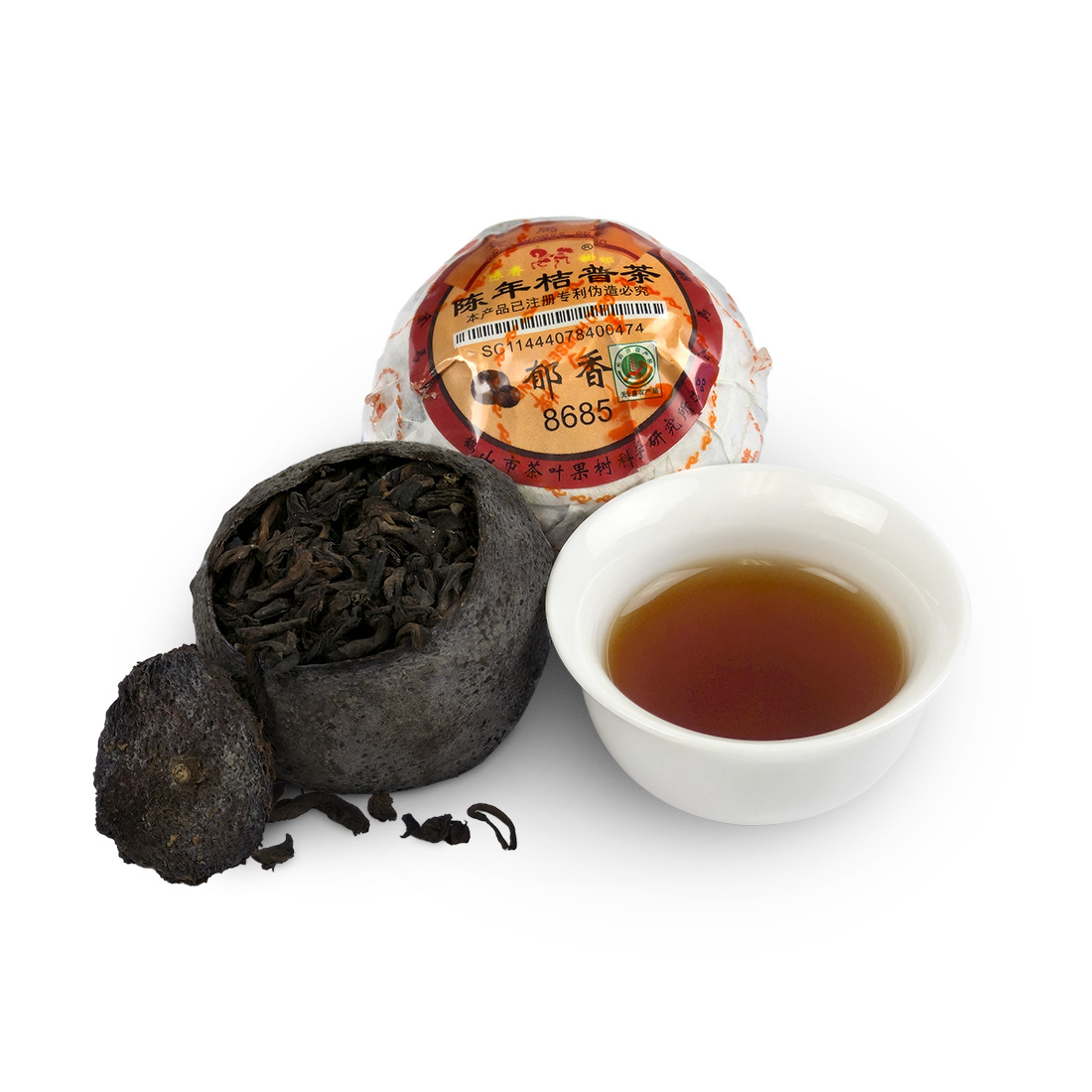Recent Posts
Categories
- Behind the Scenes (14)
- Gifting (18)
- Murchie's at Home (44)
- Recipes (74)
- Tasting Lab (16)
- Tea Stories (17)
Tag Cloud
- ice cream
- festive
- Harry and Meghan
- Spring
- lemon tea
- smokey
- latte
- picnic
- Wellness
- cold buster
- travel mug
- Peach Passion
- juice tea
- Antique
- tea cocktail
- diy latte
- Turmeric
- green-black blends
- Horchata
- white tea
- Rosé
- hot brew and chill
- hibiscus
- chai
- afternoon tea
- matcha
- cocktail
- beans
- cold brew coffee
- campfire
- canada 150
- iced coffee
- father's day
- Christmas
- Family
- Gift Ideas
- Morning Tea
- diy chai
- tea latte
- chai loose tea
- blue jasmine tea
- fruit tea
- chai tea
- Turmeric Latte
- Hibiscus Tango
- chai tea bags
- spiced tea
- tea
- hot brew
- iced tea
- sangria
- earl grey
- apple
- Easter
- Golden Milk
- canada day
- Mothers Day
- Breakfast Tea
- chamomile
- Oolong
- coffee
- tea recipe
- cozy
- pancakes
- cozy tea
- Ceylon
- holiday
- sencha
- canadian breakfast
- Turmeric Elixir
- gifts
- cold brewing
- recipe
- hibiscus tea
- hot chocolate
- pumpkin spice
- Valentine's Day
- cold steeping
- Family Day
- royals
- Brunch
- Tea Eggs
- royal tea
- camping
- cold brew
Tasting Lab: Tangerine Puerh
AJ Ward - Nov. 1, 2025

Wow! This one's proved very popular!
More Tangerine Puerh will be arriving soon. Stay tuned!
There's something about puerh, especially shou or cooked puerh, that I find very "cozy" and ideal for winter. It has a warm, earthy flavour that goes well with heavy stews and cold nights. Sticky Rice Puerh--released during our 2024 Tasting Lab--did very well, and went on to become a permanent edition to our top shelf teas. So for November 2025, I've gone with another shou puerh, this time stuffed inside of a still-green tangerine. The tea is allowed to dry together, infusing it with a light orangy aroma. Tangerine Puerh.
Chenpi, or dried tangerine peel, is a common herb used in Traditional Chinese Medicine, and in cooking to flavour soups and desserts. Like puerh, chenpi is often aged; as it ages, it develops a stronger, more complex aroma, taking on an aged, medicinal flavour profile. So it's an ideal partner for aged puerh or aged white tea. As these two age together, their characters mix, the medicinal citrus and deep earth complimenting each other.
If we compare this tea to our other puerh offerings, I'd describe it as a much lighter brew than our Sticky Rice Puerh, brewing a dark reddish-orange instead of the more inky colour of Sticky Rice. The flavour leans more woodsy and light, with a thinner body, more comparable to our Tribute Puerh, but with a light medicinal finish from the dried citrus peel. Sticky Rice Puerh, with its smaller leaves, brews deeper and has a thicker body, and sweet, dark flavour. Tribute Puerh is a happy medium of the two, more earthy, bark and light fruit.
Brewing
Each Tangerine Puerh is about just under an ounce, enough to make about ten cups. These self-contained oranges make fantastic stocking stuffers (harkening back to the old tradition of getting an orange in your stocking at Christmas time! A fun alternative). Although an entire orange can be brewed whole in a very large teapot, we recommend breaking the orange apart, as this will allow more room for a fuller brew.
Removing the plastic and opening up the rice paper, the 'lid' of the orange sits very loosely on top, and the tea comes lightly packed inside the tangerine. The dried tangerine will be a dark brown colour, often with a white cast; the white colour on the orange is citrus oil, which rises to the surface as the peel dries and solidifies. It's often considered a sign of a good-quality orange. The loose tea can be poured out, and a rough teaspoon makes a good cup. Break off several pieces of the tangerine itself to add more chenpi flavour.
Mug
A heaping teaspoon, including some broken pieces of peel, is enough for an 8oz cup. A quick rinse of boiling water (pouring boiling water over the tea and then immediately dumping it--see my post in Sticky Rice Puerh for more information) will help open up the tea, and saturate the tangerine peel for a stronger flavour. Steep for two minutes for a flavourful cup; the tea can be resteeped at three minutes, and then resteeped again at eight minutes. Steep-time and tea amount can be adjusted to fit your mug size, or tastes if you like a stronger flavour.
Teapot
About one teaspoon per person is ideal for a teapot. Steep the tea for at least two minutes, and serve by pouring through a strainer into cups, leaving the leaves in the teapot. Immediately top up the pot with freshly boiled water and keep steeping. Top up teapot as needed after each cup until the tea loses flavour.
Gaiwan
I find this tea does best with longer steeps in a Gaiwan. After the initial rinse, I would start at twenty to thirty seconds. Adding ten seconds each steep.
Tasting Lab 2026
Tangerine Puerh will be our last Tasting Lab release of 2025. So what's the plan for 2026?
Tasting Lab will be going on hiatus for 2026. This gives me room to focus on a couple other tea projects next year, and hopefully return to Tasting Lab in 2027. Two years is a pretty good run, and I've no shortage of ideas. I've plenty of interesting projects and releases for 2026, and as always the fan-favourite Tasting Labs of 2025 will likely see a return.
